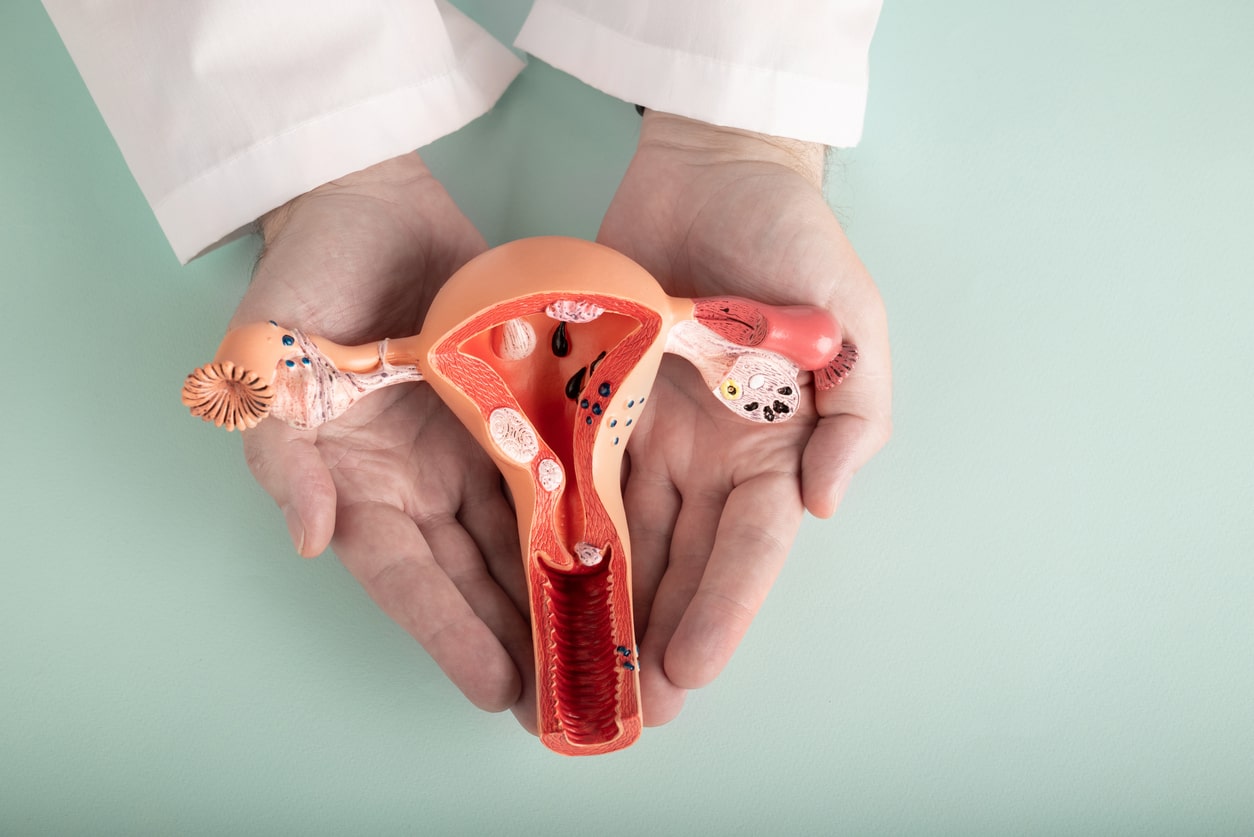In endometriosis, cells that are similar to endometrium grow outside of it. A place that can have endometriosis is the cervix of the uterus.
Cervical endometriosis is a condition that can cause several different symptoms. Symptoms include spotting, pelvic pain, irregular periods, and bleeding or pain during sex. These symptoms can be difficult to diagnose as they can also indicate other conditions, but if you experience any of these, it is important to discuss them with your doctor.
While cervical endometriosis is rare, research has shown that it can impact the quality of life of individuals who experience it. This highlights the need for more research and awareness about this condition.
Endometriosis Diagnosis and Treatment
There are several ways that cervical endometriosis can be diagnosed, including pelvic exams, Pap smears, colposcopy, and biopsy. It is important to note that the diagnosis of cervical endometriosis can be difficult. Your doctor might also suggest additional tests, including imaging scans or laparoscopic surgery.
Treatment options for cervical endometriosis vary depending on the severity of symptoms and fertility goals. Hormonal therapy, such as birth control pills, can be an effective way to manage cervical endometriosis. Surgery may be recommended if hormonal therapy is not enough to manage symptoms or if there is a desire for pregnancy.
Cervical endometriosis is a rare but significant condition that can impact the quality of life for many women. Treatment options vary and depend on individual needs and goals. It is essential to talk with your doctor about any symptoms you may be experiencing or if you have any concerns. Research efforts and awareness of cervical endometriosis are crucial to help those who experience this condition. Hopefully, this blog post has shed light on this important topic.
More resources:
How to Get an Endometriosis Diagnosis
Find an Endometriosis Specialist for Diagnosis, Treatment, & Surgery



